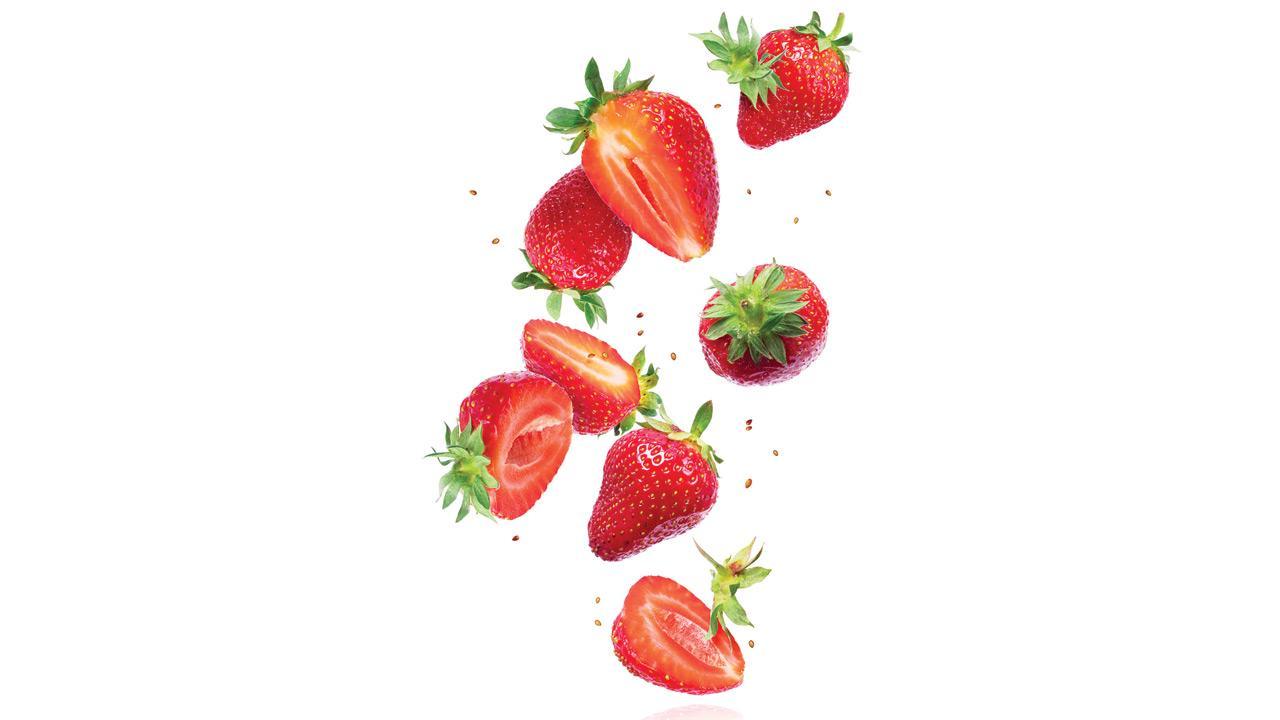Winters were brutal throughout most of New England inf Colonial America. It snowed a lot, often into spring, and there were no radiators (or antibiotics). Many settlers didn’t survive the season, but because the ground was frozen solid, the colonists couldn’t bury their dead in real time.
Funerals had to wait until the spring thaw. , however, don’t follow calendars. They grow, bloom, fruit and go dormant on their own schedules, dictated by the weather.
The settlers knew this, so they watched one specific tree — Amelanchier — for cues: When its white flowers were in bloom, it meant the soil was soft enough to dig graves. Preachers then went from settlement to settlement to perform funeral services, earning the harbinger tree its common name: serviceberry. Or so the story goes.
(True or not, it’s the more interesting of the two bits of lore about the tree, which is also sometimes called shadbush or shadblow because its blooms coincide with the shad fish’s migratory season.) Because it’s one of the earliest spring bloomers, the serviceberry is an important food source for Later, its berries and mammals, including humans, who can make them into jams, jellies and even serviceberry wine. There are more than 20 species of the , which is sadly underused if you ask me.
Here are four favorites. Allegheny serviceberry (Amelanchier laevis) An early-blooming, 15-to-25-foot-tall woody shrub or multi-stemmed tree native to Eastern North America. Its delicate white flowers bl.


















